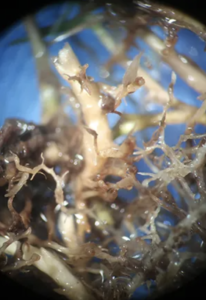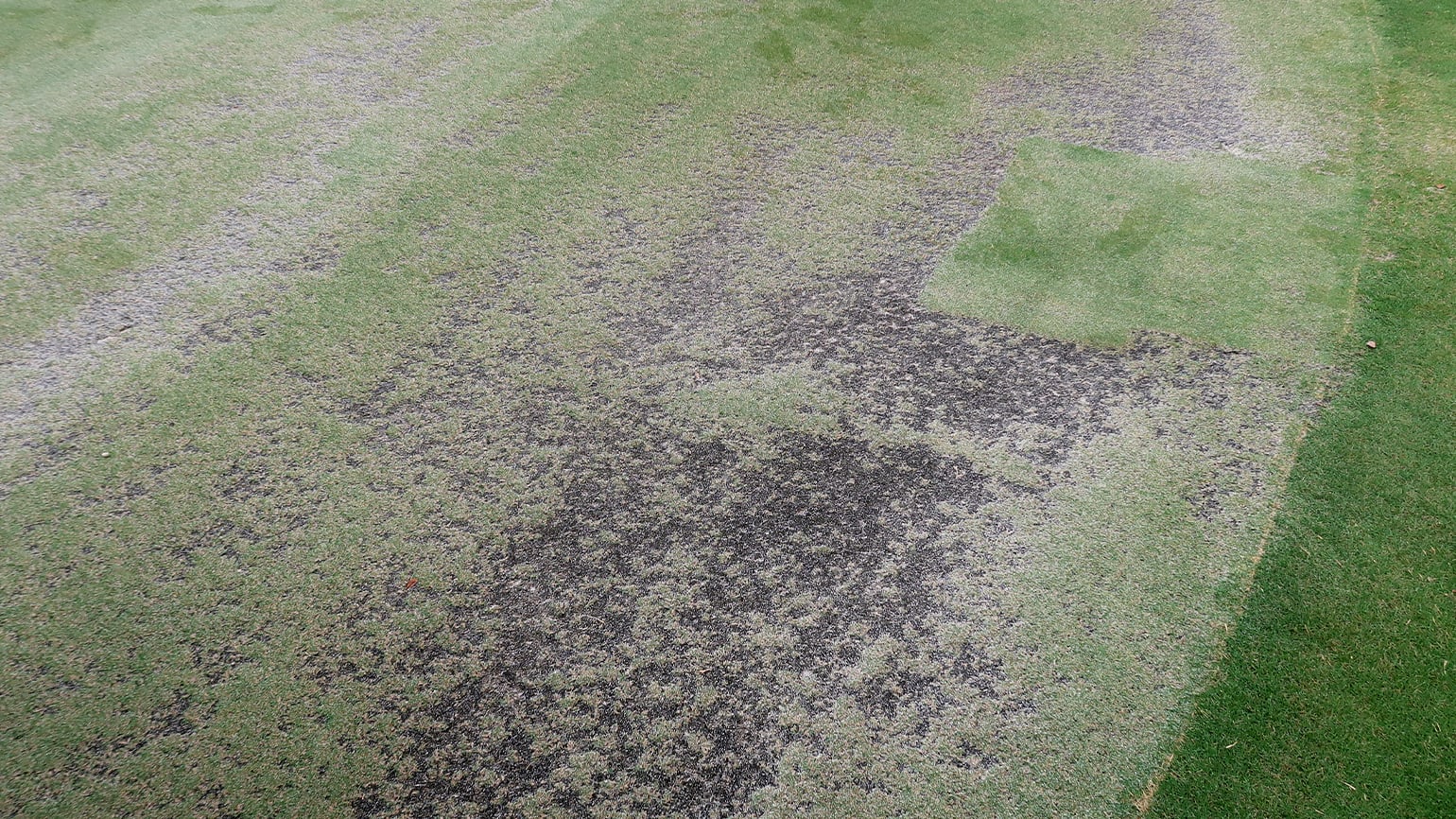USGA – Southeast Update – The Niceties of Nematodes
In the Southeast, and especially in Florida, nematodes are widely considered the most damaging pest on golf courses. Lasting control of the damaging nematodes can be difficult. In my USGA Course Consulting Service visits, I see an increasing number of golf courses spending a large amount of money on continuing nematicide applications but counts of the parasitic nematodes are either staying constant or increasing. This would not be so worrisome if not for the poor root systems observed.

Controlling parasitic nematodes is only one facet of the challenge, limiting negative impacts on beneficial nematodes is also an important consideration. Research at the University of Florida identified effects of various nematicides on nontarget nematode species, but why should we care about nontarget nematodes?
- There are predatory nematodes that seek out and kill other nematodes, including parasitic nematodes. Any reductions in these beneficial predatory nematodes means that parasitic nematodes, especially those that feed inside turf roots and can escape nematicide and other predators, are likely going to increase in population. These endoparasitic nematodes include root-knot and lance nematodes.
- Many nematode species feed on soil fungi and bacteria. Increases in Gaeumanomyces fungi, responsible for bermudagrass decline or take-all root rot, and Pythium root rots may be intricately linked to parasitic nematode damage and reductions in beneficial nematodes that could be disrupting these pathogen populations in a positive way. The two top diseases identified from bermudagrass putting green diagnoses at North Carolina State University were soil fungal diseases – take-all root rot and Pythium root rot. Similarly, at the University of Florida’s Rapid Turfgrass Diagnostics Service, these two diseases were found at the highest frequency.
- Lastly, something that largely goes unnoticed and unappreciated, nematodes are beneficial in soil organic matter degradation and nutrient cycling. They assist in releasing carbon and nitrogen trapped in soil organic matter. The golf course putting greens I see that have poor roots and high nematode counts also tend to have problems with organic matter layering and high moisture retention.
For golf courses that are applying more and more nematicides every year and applying more fungicides for root diseases, but still seeing their roots continue to decline, a different approach is to reduce chemical applications. Some of the nematicides used on turf also can have fungicidal and bactericidal effects in the soil. Some of the fungicides labeled for bermudagrass decline or take-all root rot can be phytotoxic. Watch your nematode counts, sample often, and sample with a plan and a consistent methodology. At courses where this has been performed, nematicides and fungicides are still being applied, but applications and results are coordinated with root performance and health. In many situations, the turfgrass improves and the roots improve. It may just be that applying less does more for getting the soil environment back in balance. Monitoring nematodes and developing a control plan is challenging, but a USGA agronomist can help you track populations and develop a customized plan for your course.
This article was originally written by Steve Kammerer, Ph.D. with USGA here.
Southeast Region Agronomists:
Chris Hartwiger, director, USGA Course Consulting Service – chartwiger@usga.org
Steve Kammerer, Ph.D., regional director – skammerer@usga.org
Addison Barden, agronomist – abarden@usga.org
